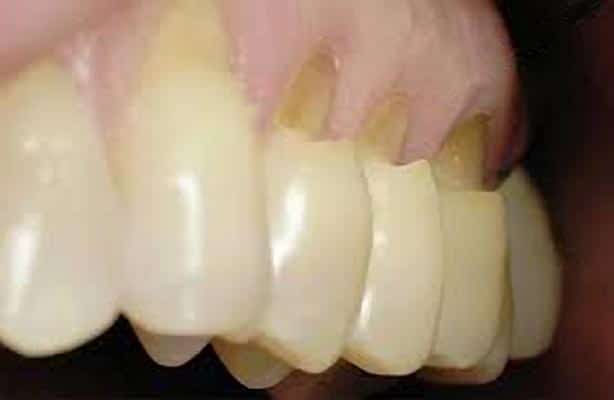Cosmetic & Basic Restorative
The goal of cosmetic dentistry is to transform an average smile into a terrific smile! To accomplish this goal we analyze every aspect of a smile and then correct the problem.

What Makes A Beautiful Smile?
Terrific smiles have several things in common:
- The teeth are straight, not crooked
- The teeth are evenly spaced with no gaps
- The teeth are white, not stained
- The gumline is smooth, not uneven
- The edges of the top teeth smoothly follow the curve of the lower lip
All of these problems can be solved with cosmetic procedures, so even if you weren’t born with a beautiful smile, you can still have one.
When a tooth needs a restoration, a composite resin filling can be an effective, good-looking choice.
The Benefits of a Resin Filling:
Composite resin fillings have several benefits. Because they bond directly to teeth, resin fillings can create a very strong seal to protect your teeth, and the material is durable.
Resin filling are a great way to restore teeth, especially the ones in the front of your mouth. We can choose the shade of the resin material to match or enhance your teeth for a beautiful and natural-looking smile.
Diagnosing the need for a restoration:
We perform a through exam by doing a visual inspection with the use of dental explorer, x-rays and sometimes other specialized equipment, to detect tooth decay, abfractions and other oral health concerns. Once diagnosed you will be given a proposal of treatment, (we prepare this proposal depending on what is best for your individual situation) along with a fee estimate, we will then help you find a convenient time for your treatment.
Cavities
When a tooth has decayed and developed a cavity, it’s important to remove the decay and restore the tooth. Treatment will stop the cavity from growing larger and weakening the tooth, and it will also prevent bacteria from infecting the inner layers of the tooth.
Cause and treatment of cavities:
A cavity is a hole in the tooth that forms when acids in the mouth destroy tooth structure. These acids are produced by the bacteria in the plaques, which is the sticky, colorless film that forms constantly on your teeth. Unless steps are taken to prevent this decay process, the acids slowly dissolve the tooth enamel, causing a cavity.
If we find cavities in your teeth, we’ll remove the decay and place a restoration. There are several types of restorations, including fillings, inlays, onlays, and crowns, and these can be fabricated from a variety of different materials. We’ll talk with you about the best restoration for your situation.

Abfractions
Abfractions are notches in the tooth structure near, or even under the gumline, usually on the cheek side of the tooth.
Some theories as to the causes of abfractions include improper forces on teeth caused by a misaligned bite or by grinding and clenching. Some evidence suggests using too much force when brushing, abrasive toothpaste along with aggressive brushing can cause an indention in the tooth’s enamel.
Causes of abfractions and their treatments:
Improper forces on teeth from a misaligned bite: When your bite is slightly off, one tooth may hit sooner than the rest. This causes undue stress on the involved teeth, and they begin to flex. Over time, this continual flexing and stress causes the enamel to separate from the inner dentin layer of the tooth, forming a notch at the gumline. If your bite is off, we may smooth areas of the teeth down or discuss the need for orthodontic treatment for better tooth alignment so that chewing forces are evenly distributed among all your teeth.
Grinding and clenching: Tooth grinding and clenching also place extra stress on teeth. If tooth grinding or clenching is the problem we may prescribe a nightguard to absorb those stresses and protect your teeth.
Tooth Abrasion: The way you brush your teeth could be the problem. The abrasive ingredients in toothpaste, often combined with aggressive brushing action, gouges out a V-shaped indentation in the tooth’s enamel. If we suspect you might be using too much toothpaste or are brushing too hard. We recommend that you brush using only a soft toothbrush and rinse with fluoridated mouthwash.
Once the cause of the abfractions is addressed, we may restore the notch in the tooth to its original color and shape by bonding a tooth colored filling in place, we may also discuss covering the notch with gum tissue to help stop sensitivity.
Dealing with abfractions early can prevent further damage and restore your teeth to beautiful good health.




